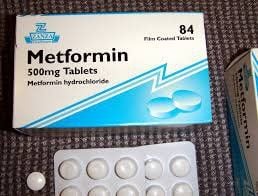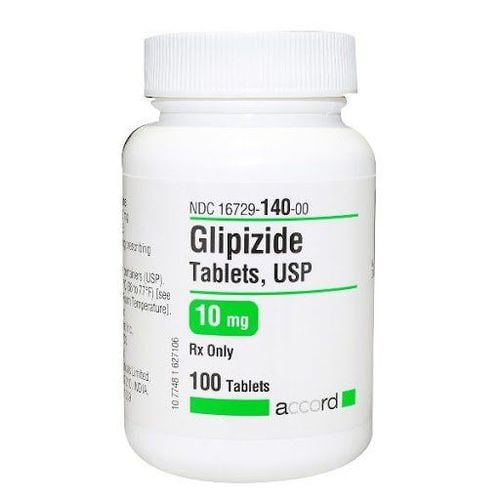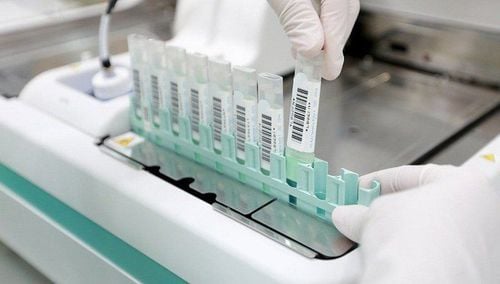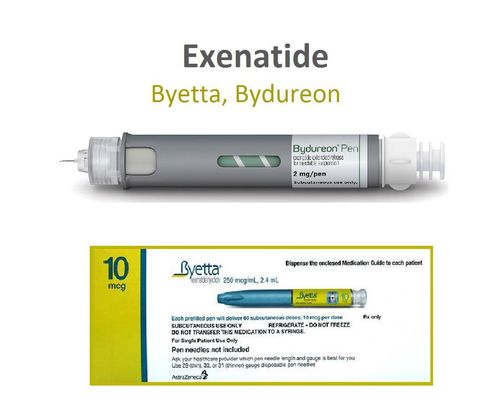This is an automatically translated article.
The A1c test is used to measure a person's average blood sugar level over about 3 months. This test is also used to diagnose type 2 diabetes and monitor its progression. This article will provide more detailed information about this test.
1. What is the A1c test?
The A1c test is a common blood test used to diagnose type 2 and type 1 diabetes and to monitor how well the body is controlling diabetes. The A1C test goes by many other names, including: glycated hemoglobin, glycosylated hemoglobin, hemoglobin A1c, and HbA1c.A1c test results reflect the body's average blood sugar level over the past two to three months. Specifically, the A1C test measures the body's percentage of hemoglobin - a protein in red blood cells that transports oxygen covered with sugar (glycated). The higher the body's A1C level, the worse the body's blood sugar control and also carries a higher risk of diabetes complications.
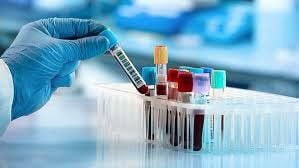
Xét nghiệm A1c giúp theo dõi mức độ cơ thể đang kiểm soát bệnh tiểu đường
2. What it means to perform the A1c . test
The A1C test measures your average blood glucose level over the past two to three months. Your A1C test results can help your doctor make accurate diagnoses and diagnoses with:
Identify prediabetes. If you have prediabetes, you have a higher risk of developing diabetes and cardiovascular disease. Diagnosing type 2 and type 1 diabetes. To confirm a diagnosis of diabetes, your doctor will likely look at the results of two blood tests done on different days - two A1C tests or A1C test plus another diabetes blood test. Keep track of your diabetes treatment plan. Initial A1c test results also help establish your body's baseline A1c level. Then, the A1c test is repeated regularly to monitor the diabetes treatment plan. In addition, the A1c test measures your average blood sugar level over the past two to three months and can show how well your diabetes treatment plan is working to lower your blood sugar. yours over time.
SEE ALSO: The significance of HbA1c test in diabetes

Xét nghiệm A1c có vai trò theo dõi kế hoạch điều trị bệnh đái tháo đường
3. Frequency of application of A1c test in the treatment of diabetes
How often you need an A1c test depends on the type of diabetes you have, your treatment plan, and how well you're controlling your blood sugar. For example, the A1c test might be recommended:
If you have prediabetes it is advisable to get tested once a year Twice a year if you have type 2 diabetes and you also do not use it. insulin with blood sugar always in your target range Four times a year if you have type 1 diabetes Four times a year if you have type 2 diabetes with your use of insulin to control control your diabetes or you have trouble keeping your blood sugar within the treatment target range. You may need more frequent A1c tests if your doctor changes your diabetes treatment plan or you start a new diabetes medicine. The A1c test is a simple blood test. Accordingly, you do not need to fast for the A1c test. So you can eat and drink normally before the test.
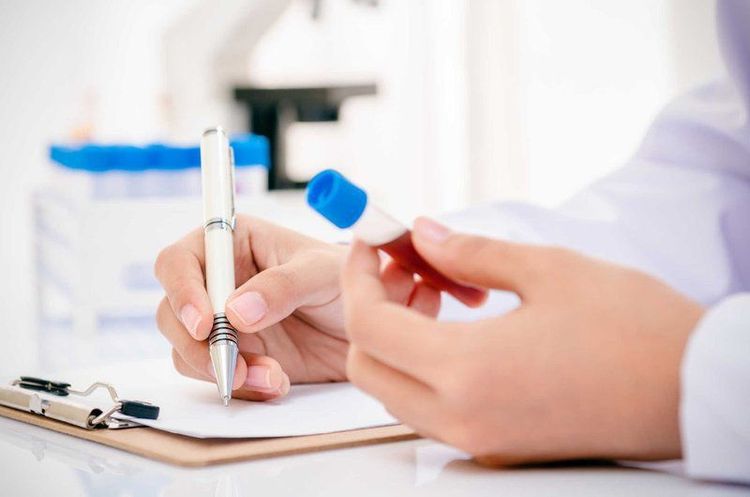
Tần suất xét nghiệm A1c sẽ phụ thuộc vào tình trạng của bạn
4. A1c . test results
During the A1c test, the health care team will draw a blood sample by inserting a needle into a vein in your arm or by poking the tip of your finger with a small needle. If blood is taken from a vein, the blood sample will be sent to a laboratory for analysis. Blood from a finger prick is usually analyzed in the doctor's office for same-day results.
A1C test results are reported as a percentage. A higher A1c percentage corresponds to a higher average blood sugar level. The higher your A1c level, the higher your risk of developing diabetes or its complications.
For people without diabetes, a normal A1c level is less than 5.7%. If your A1c level is between 5.7% and 6.4%, you have prediabetes (also called fasting dysglycemia), which means you have a high risk of developing diabetes in the future.
An A1c level of 6.5% or higher in two separate cases indicates you have diabetes. An A1c level above 8% means that your diabetes is not well controlled and you are at high risk of developing diabetes complications.
For most older people with diabetes, an A1c level of 7% or less is a common treatment goal. Lower or higher goals may be appropriate for some individuals. If your A1c level is above target, your doctor may recommend changes to your diabetes treatment plan.
Some people with diabetes monitor their blood sugar at home with devices. Your devices may report your blood sugar in milligrams per deciliter (mg/dL) or millimoles per liter (mmol/L). A1c levels are reported as a percentage, but they correspond to estimated average blood glucose (glucose) levels. To help you get your blood sugar under A1c back to home monitoring, here's how A1c corresponds to estimated average blood sugar:
A 6% A1c level is equivalent to an estimated mean blood sugar (glucose) calculated 126 mg/dL (7 mmol/L) A1c level 7% equivalent to an estimated mean blood glucose (glucose) level 154 mg/dL (8.6 mmol/L) A1c level 8% equivalent to blood glucose level Estimated mean (glucose) 183 mg/dL (10.2 mmol/L) A1c level 9% equivalent to an estimated mean blood glucose (glucose) 212 mg/dL (11.8 mmol/L) A1c level 10% is equivalent to an estimated mean blood glucose (glucose) level 240 mg/dL (13.4 mmol/L) A1c level 11% is equivalent to an estimated mean blood glucose (glucose) level of 269 mg/dL (14 0.9 mmol/L) A 12% A1c level equates to an estimated mean blood glucose (glucose) level of 298 mg/dL (16.5 mmol/L)
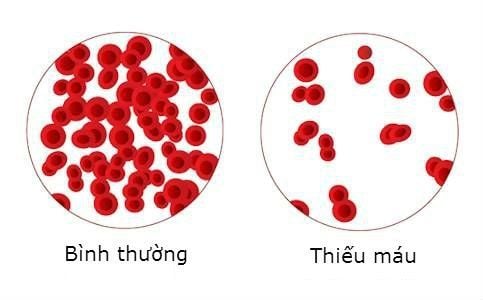
Người bị thiếu máu sẽ ảnh hưởng đến kết quả xét nghiệm A1c
It is important to note that the effectiveness of A1c tests may be limited in certain circumstances. For example:
If you have heavy or chronic bleeding, your hemoglobin stores may be depleted. This may cause your A1c test result to be lower than normal. If you have iron-deficiency anemia, your A1c test result may be high, but it's not true. Most people only have one type of hemoglobin, called hemoglobin A. If you have an uncommon form of hemoglobin (called a variant of hemoglobin), your A1c test result may be falsely high or low. Hemoglobin variants are most commonly found in black individuals and those of Mediterranean or Southeast Asian ancestry. Hemoglobin variations can be checked with laboratory tests. If you've been diagnosed with a hemoglobin variant, your A1c tests may need to be done in a specialized lab for the most accurate results. If you have another form of hemolytic anemia, or if you have had a recent blood transfusion, this test will not be helpful, as the results may be very low. Also, keep in mind that the normal range for A1c results can vary slightly between labs. If you want to consult a new doctor or use a different lab, it is important to consider this possible variation when interpreting your A1C test results.
MORE: A1c in pre-diabetes test
5. Some possible risks when applying the A1c . test
Performing an A1c test will occur very rarely when applied to draw blood from a vein. However, you may experience a small bruise where the needle was used to draw the blood. Or in rare cases, it is possible that the veins become swollen after the blood draw is finished. Could be due to phlebitis. To overcome this condition, you can use a warm compress to help reduce inflammation. Or, after taking blood, the blood is continuously flowing, which can immediately think of the situation that the patient has a bleeding disorder or it may also be due to the use of blood thinners. If you have these problems, contact your doctor immediately or talk to your doctor before taking blood.The A1C test is a diagnostic test for diabetes and is a routine test performed at Vinmec International General Hospital. Accordingly, the test is indicated for diagnosis, treatment, monitoring and management in order to limit the risk of possible disease complications.
With that importance, now, Vinmec International General Hospital has included the A1C test in the screening package for diabetes and dyslipidemia to help detect pre-diabetes early and classify it accurately. Type diabetes, treat, monitor and develop a nutritional regimen, monitor to minimize the risks and complications caused by diabetes. All examination and screening procedures are performed by well-trained, experienced and qualified endocrinologists, which will bring optimal treatment results to customers.
Please dial HOTLINE for more information or register for an appointment HERE. Download MyVinmec app to make appointments faster and to manage your bookings easily.
Reference source: mayoclinic.org





